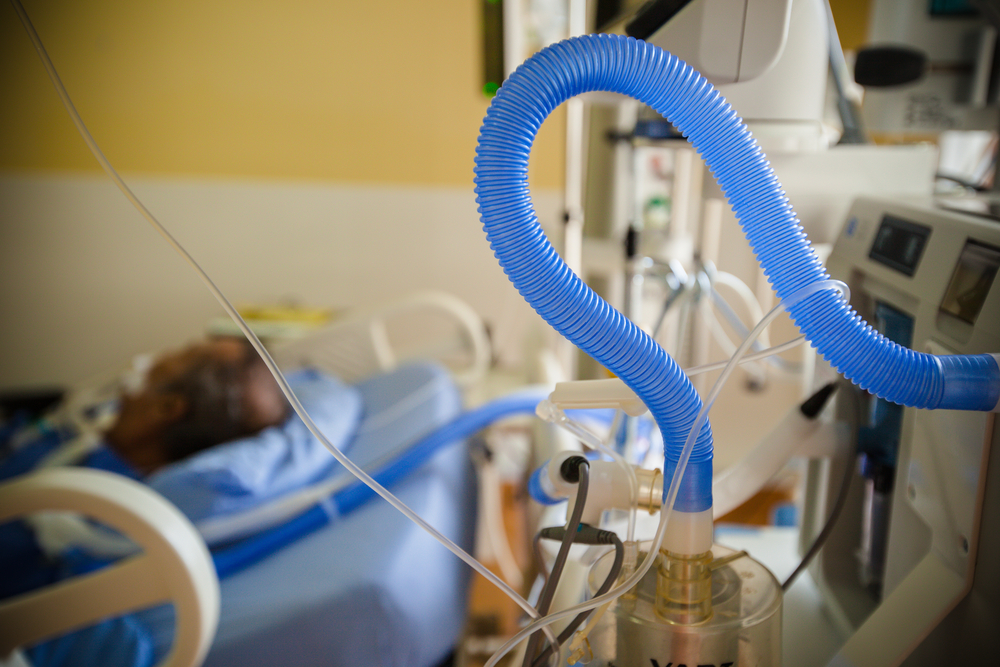Infection
Treatment-Resistant Infections More Common Among Nursing Home Ventilator Patients: Study
The findings involved a review of data from the Maryland Multi-Drug Resistant Organism Prevention Collaborative study, a statewide cross-sectional study of patients receiving mechanical ventilation admitted to acute care hospitals and long-term care facilities from March 2023 to June 2023. The study included nearly 500 patients in 33 hospitals and 18 long-term care facilities.
Researchers took surveillance cultures from all patients receiving mechanical ventilation in both hospital and long-term care facilities. Samples were taken from saliva, perianal, arm, leg, and groin areas.
Nursing Home Antibiotic-Resistant Infection Risks
According to the findings, Patients in long-term care facilities were more likely to be colonized with Acinetobacter baumannii, carbapenem-resistant A baumannii (CRAB), and Candida auris, compared with patients in hospitals.
Overall, a. baumannii was identified in 31% of patients. Of those, 60% were CRAB, a superbug that is resistant to treatment. In addition, 7% tested positive for Candida auris.
However, patients in long-term care facilities were nearly eight times more likely to be colonized with A. baumannii, five and a half times more likely to carry CRAB colonies, and twice as likely to be carriers of C. auris than those in acute care hospitals.
Patients in long-term facilities needing ventilation often face more severe health issues. They may be in a coma or suffer a serious infection requiring ventilation, and conditions like COVID-19 can require mechanical ventilation when the patient has trouble breathing on their own.
Emerging Treatment-Resistant Infection Threats
C. auris is a potentially lethal fungus that is resistant to treatment. It primarily infects people with weakened immune systems and the elderly. The fungus is generally not a threat to healthy people.
However, those who are sick, have long, frequent stays in healthcare facilities, including nursing homes, or have had invasive medical devices implanted surgically are considered a high-risk group.
Both C. auris and A baumannii are considered emerging threats, since more and more cases are being discovered, and treatment is difficult.
The U.S. Centers for Disease Control and Prevention issued a warning in March about the growing threat of C. auris and more than 7,000 cases reported across 20 states.
Another study from earlier this year warned C. auris infections are spreading from hospital to hospital throughout the U.S. The rapid spread of the fungus is plaguing healthcare facilities that struggle to detect and treat patients affected by the fungus.
The new study focused on all patients receiving mechanical ventilation in Maryland in both types of facilities. But only one statewide survey has been performed for A baumannii in the U.S. and no studies on the burden of C. auris have been performed.
Researchers recommend this same study should be conducted in other states, to determine what the true threat may be among patients receiving mechanical ventilation. They also called for increased surveillance and prevention efforts, especially at long-term care facilities like nursing homes.
“Patients receiving mechanical ventilation in long-term care facilities are a high-risk population for emerging pathogens, and surveillance and prevention efforts should be targeted to these facilities,” the researchers concluded.

